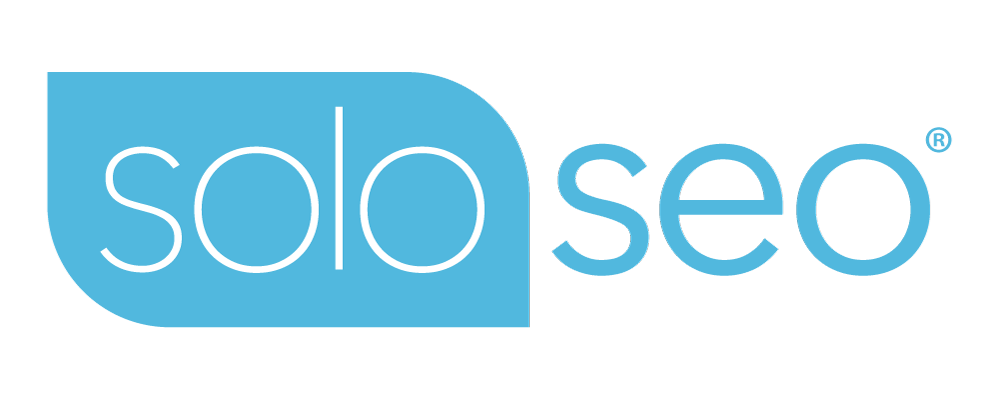If you are running a PPC (pay-per-click) campaign with search engines, you can create campaigns that are either Search or Contextual based. Both have their merit and usefulness, but both have unique traits about the customer and their current frame-of-mind. If you’re looking to improve your conversion rate (who isn’t?), knowing these differences can certainly help. At the end, I’ll give some tips for programmers to tell the difference between your Search and Contextual Ad visitors.
Before we get into those differences, let me first just make sure we all know about these two types of PPC campaigns.
Search and Contextual Ad Refresher
A Search ad campaign will run on the top and side of a search engine when users come to perform a search. They type in a keyword and the search results page shows up, with both natural results and paid results. The paid results are based on the actual keyword used in the search by the user.
A Contextual ad campaign is displayed on websites that want advertising revenue from their site. You can even bid separately on the price of your keywords for content ads. The ads that display on these websites are based on the content of the page. If a page is about dog food and dog toys, the ads displayed on that page will be based on those topics. Your ad shows up when your keywords from your contextual ad campaign match the topic of the page, as well as other factors (bid price, quality, etc).
The Scenarios
Let’s start with a scenario to make it more real for you to see the differences, and see if you can spot them yourself before I give it away.
Search Ad Scenario: Joe’s wife just reminded him it is almost Mother’s day, so Joe is looking to send flowers to his mother in Colorado. His first method of finding a flower company that delivers flowers to another state is to use a search engine. He types in the first keyword that comes to mind, “mother’s day flowers”. Joe gets the results page and glances through the ads at the top of the page. There are even some prices in there, some mention Mother’s day too. He clicks on one of the ads.
Content Ad Scenario: Joe is reading about a new gardening technique for his tomatoes that he just can’t get to grow right. He notices an ad on the side of the article that reminds him that Mother’s day is coming soon. He thinks of his mother and that it would be nice to do something for Mom. He clicks on the ad.
Differences between Search and Contextual Ad Visitors
1) Focus
Joe, in the Search Ad Scenario, was specifically looking for flowers to send to Mom for Mother’s day. He set aside the time and is focused on doing this task right now. Your challenge as a Flower Delivery company would be to have the ad that captures Joe the most, be it by price, on-time delivery, freshness of the flowers (quality of product), or some sort of guarantee.
In the Contextual Ad Scenario, Joe’s mind has been on his struggling tomatoes, but the Content Ad diverted his attention to his Mother and Mother’s day. Your first challenge was capture him with the ad, which worked. Your next challenge is to follow through and maintain his focus so he gets the flowers (through your site) before he continues thinking about his failing tomatoes.
2) Readiness
In the Search Ad Scenario, Joe is ready to buy something. He may compare a few companies, but he wants to buy something. Your challenge is to allure him to your ad, then keep his interest in your site and product, and fulfill his needs and questions. His readiness can easily be quieted if there are stumbling blocks to the purchase (not trustworthy, too pricey, not enough options, no guarantee, not secure, etc). Joe from the Search Ad probably won’t care that your sale ends next week because he is ready to buy right now.
In the Contextual Ad Scenario, Joe has diverted his attention to your product, at least for now. He wasn’t specifically looking to buy flowers for Mom, so he may either buy now or come back another day. Both of these need to be addressed in your content and atmosphere of your site. If he is ready to buy now, it should be so easy to find the perfect flower bouquet for Mom and to make the purchase, that he doesn’t lose interest and go back to his tomatoes. If he is going to come back tomorrow, you need to find a way to make your brand/product sticky in his mind. Will he remember your site (branding)? Can he easily find the special you advertised again? Because Joe from the Contextual Ad is not necessarily buying right now, anything you can do to make buying now more advantageous would be good for you and for Joe.
The two scenarios above are helpful for showing the focus and readiness. Other products/services may have additional differences in Visitors’ frame-of-mind, but generally these two are applicable across the board. Certainly not all Search ad customers are ready to buy now, but compared to Contextual ad customers, they are “more ready”. Some advertisers will find they generate more revenue from Search and some from Contextual, it depends on many factors. But understanding more about your visitor when they come may be able to influence your conversion rate.
Treat your Visitors Differently based on Ad Type
If there was a way to tell the difference between a Search Ad visitor and a Contextual Ad visitor, would you do something about it? If it helped your conversions you probably would! There are two different ways to do this that I will illustrate. The first method isn’t as reliable and not as easy to implement as the second method.
(Method 1) In programming you can capture certain variables from each visitor, including what URL they came from. This is the HTTP_REFERER server variable. In PHP for example, you can capture this with $_SERVER[‘HTTP_REFERER’]. In Perl, you can capture this with $ENV{‘HTTP_REFERER’}. And for spelling freaks (like me), yes, REFERER is supposed to be spelled that way. Sometimes based on HTTP_REFERER alone you can distinguish whether the ad is Search or Contextual, but this is not always the case.
(Method 2) The best way is to include it in the URL of your ad. Set up separate campaigns for search and contextual ads. When setting these up, include a variable in the URL (address to your page) that distinguishes the two from each other. For example:
http://www.yourdomain.com/landingpage.html?adtype=search
http://www.yourdomain.com/landingpage.html?adtype=contextual
Then on your landing page, capture the variable ‘adtype’ and then adjust the content to fit the focus and readiness of the visitor. There are other strategies you can combine this with, such as basing the content on inferred intentions from the actual keyword that was used in the search.
What other differences do you see between visitors from these two sources, Search Ads and Contextual Ads?



